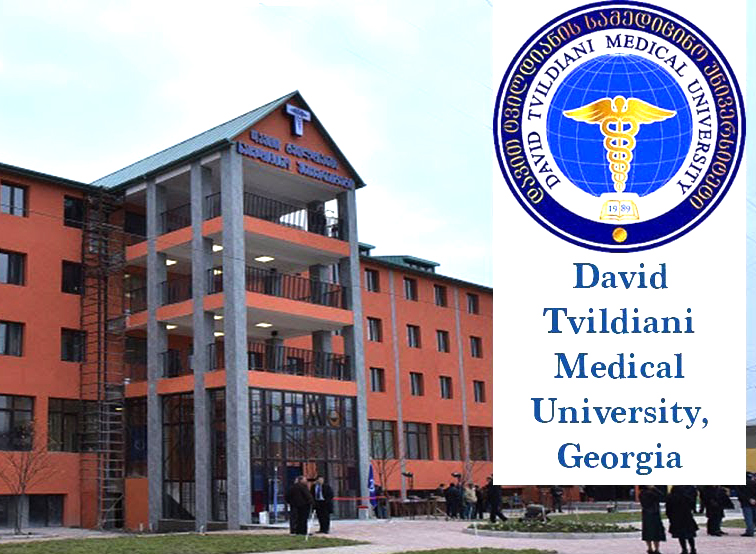Intracavernosal smooth muscle tone is by far the most important determinant of intracavernosal blood flow. Approximately half of the cavernosal volume is composed of smooth muscle, with the remainder consisting of either lacunar spaces or collagen. Collagen fibers are largely responsible for the passive mechanical properties of cavernosal tissue. In contrast, active contraction of cavernosal smooth muscle is dependent upon a number of factors, including the level of agonists (neurotransmitters, hormones and endothelium-derived factors), adequate expression of receptors, integrity of transduction mechanisms, calcium homeostasis, interaction of contractile proteins, and intimate intracellular communication between smooth muscle cells (gap junctions).
Cavernosal smooth muscle cells contain abundant amounts of the contractile proteins, actin and myosin. Following phosphorylation of myosin by adenosine triphosphate (ATP), attachments (crossbridges) form between the light chains of these two proteins and these attachments provide the mechanism for contractile tone of smooth muscle. The expenditure of energy for maintaining this state of tone is almost zero, but there is an absolute requirement for a high concentration of cytoplasmic free calcium.
Cavernosal smooth muscle cells contain abundant amounts of the contractile proteins, actin and myosin. Following phosphorylation of myosin by adenosine triphosphate (ATP), attachments (crossbridges) form between the light chains of these two proteins and these attachments provide the mechanism for contractile tone of smooth muscle. The expenditure of energy for maintaining this state of tone is almost zero, but there is an absolute requirement for a high concentration of cytoplasmic free calcium. - See more at: http://www.doctors.am/en/announcments/%D4%B7%D6%80%D5%A5%D5%AF%D6%81%D5%AB%D5%A1%D5%B5%D5%AB-%D5%A1%D5%BC%D5%A1%D5%BB%D5%A1%D6%81%D5%B4%D5%A1%D5%B6-3-%D5%B4%D5%A5%D5%AD%D5%A1%D5%B6%D5%AB%D5%A6%D5%B4%D5%B6%D5%A5%D6%80%D5%A8/6691#sthash.90zYBPDM.dpuf








